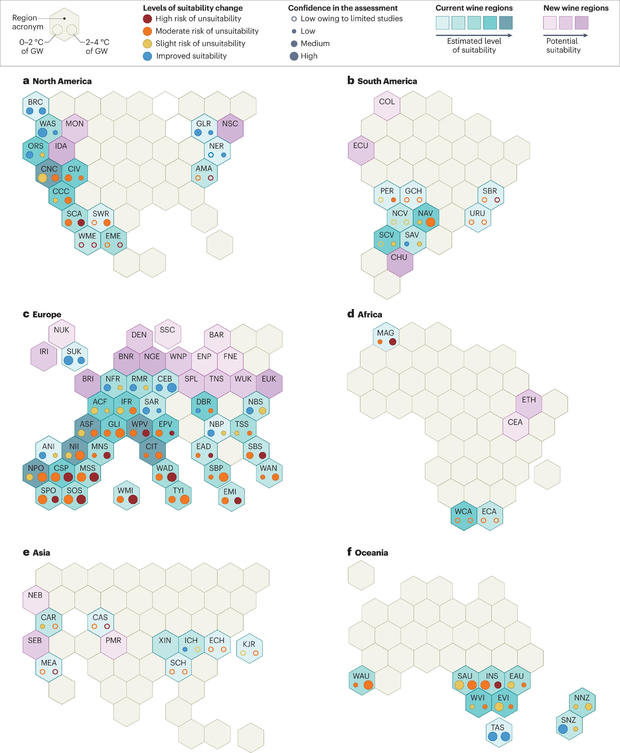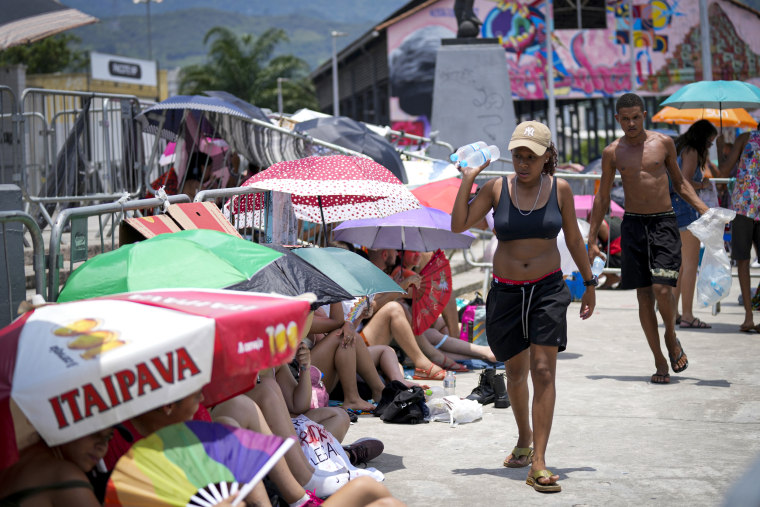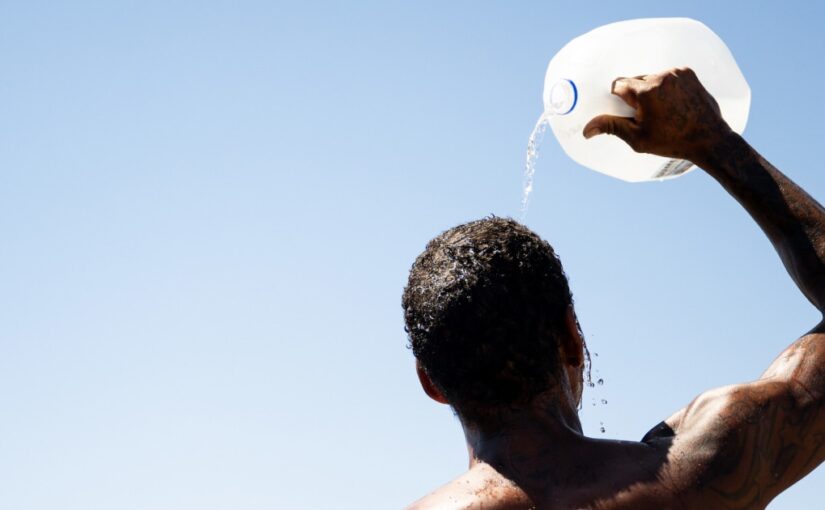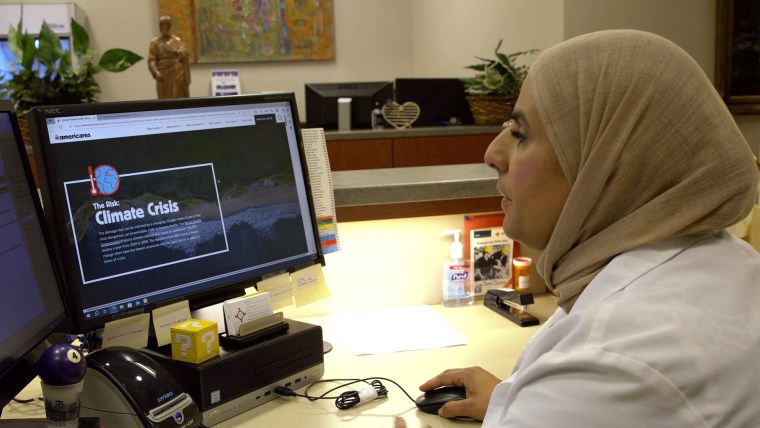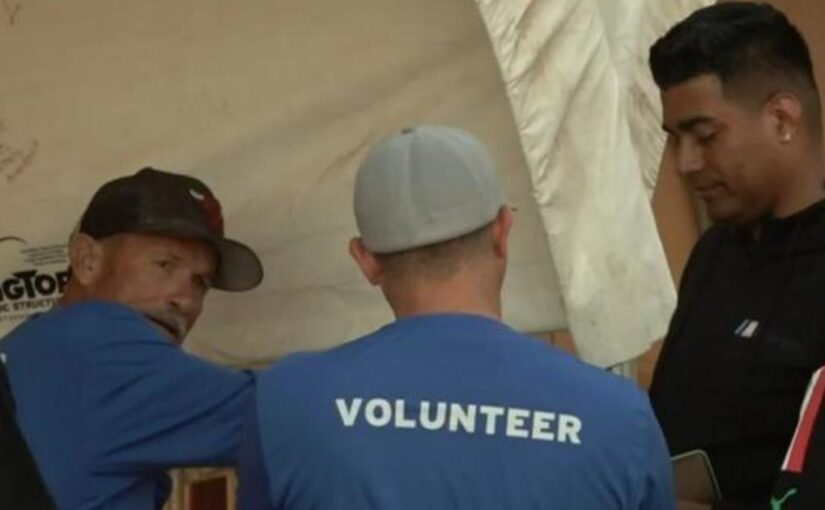Your favorite wines may soon cease to exist. Some of the world’s traditional wine regions, from Europe to Southern California, are at risk of almost completely disappearing within decades, researchers found, as the conditions necessary to produce their grapes grow more unfruitful due to climate change.
As humans continue to burn fossil fuels, the planet is getting warmer. And those increasing temperatures — which impact everything from the water cycle to locations where people can safely live — are fueling more extreme weather. In a new literature review published in Nature Reviews Earth & Environment on Tuesday, scientists found that climate change’s impact in the coastal and lowland regions of Spain, Italy, Greece and Southern California — all home to some of the world’s most traditional wine producers — is significant.
By the end of the century — just 76 years — they found roughly 90% of these specific regions “could be at risk of disappearing.” Specifically, they found that excessive drought and more frequent heat waves fueled by climate change are responsible for the threat. An area’s temperature, precipitation, humidity, radiation and carbon dioxide levels are also vital components of wine production, and are all altered by climate change.
Overall, the study says, “We estimate a substantial risk of unsuitability (ranging from moderate to high) for 49-70% of existing wine regions, contingent on the degree of global warming.”
Southern California, for example, has a moderate risk of being unsuitable for producing wine with 2 degrees Celsius of global warming, compared to pre-industrial levels. if average temperatures rise between 2 and 4 degrees, however, the region faces a “high risk of unsuitability.” This could pose a major problem for the U.S. West Coast, which produces most of the wine in North America and 10% of the global supply.
“Overall, the net suitable ara for wine production in California could decline by up to 50% by the end of the 21st century,” researchers said. “Similar risks exist for Mexico, the southwestern United States and those regions of the east coast south of New Jersey.”
That shift is seen across much of southern Europe as well.
Cornelis van Leeuwen, Giovanni Sgubin, et al/Nature Reviews Earth and Environment
But all hope isn’t lost for wine itself. The rising temperatures may make other regions more suitable for growing the grapes, such as Washington State, Oregon, Tasmania and Northern France. That suitability, however, will “strongly” depend on how much temperatures rise, the researchers say, and there may be risks to environmental preservation. And even though it could bring a new form of economic growth to those areas, people will still be facing extreme weather and its costly impacts.
A changing climate also brings the risk of areas experiencing new pathogens and insects that can impact agriculture and overall environmental and human health. Drier conditions would make some grapevine issues, like downy mildew, less likely, but when it does happen, the outbreak would likely occur earlier and spread faster, the study found.
As with all elements of climate change, adaptation is “mandatory,” researchers said. Wine producers will need to consider grape varieties that are better suited for their changing regions and harvest times. It’s not just essential for global supply, but for overall wine quality.
For example, climate factors affect the levels of pH, alcohol content and acidity, researchers found. While the alcohol and pH levels are increasing in wines, the acidity levels are decreasing, which makes the microbiology within the beverage more unstable. That can lead to “increased risk of microbiological spoilage,” researchers said, and lead to an “overripe and/or cooked fruit aroma.”
Scientists have warned that current global efforts to slow global warming are not enough. Last year was the warmest on record, and the beginning of 2024 has already seen record-breaking heat as well as weather extremes ranging from unusually large blizzards to out-of-season warmth.
Already, global temperatures are 1.35 degrees Celsius above the pre-industrial average overall. And the world just recently surpassed for the first time 12 consecutive months where the global average was 2 degrees Celsius above the pre-industrial average — a fact that doesn’t mean we’ve permanently crossed the critical 2-degree Celsius threshold that experts warn could have disastrous implications, but means we are well on the way there.
“One thing is certain,” researchers say in the end of their analysis, “climate change will drive major changes in global wine production in the near future. Having the flexibility to adapt to these changes will be essential.”
